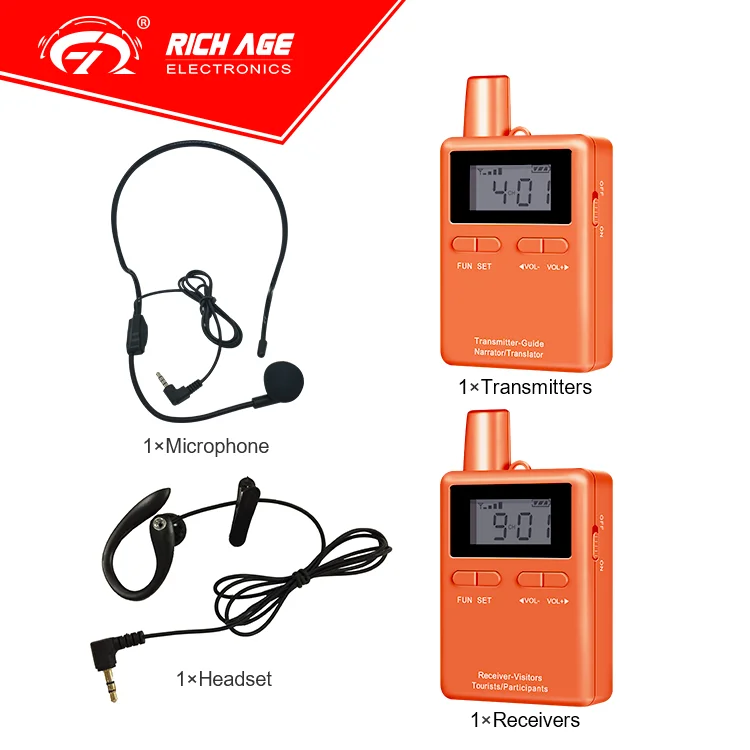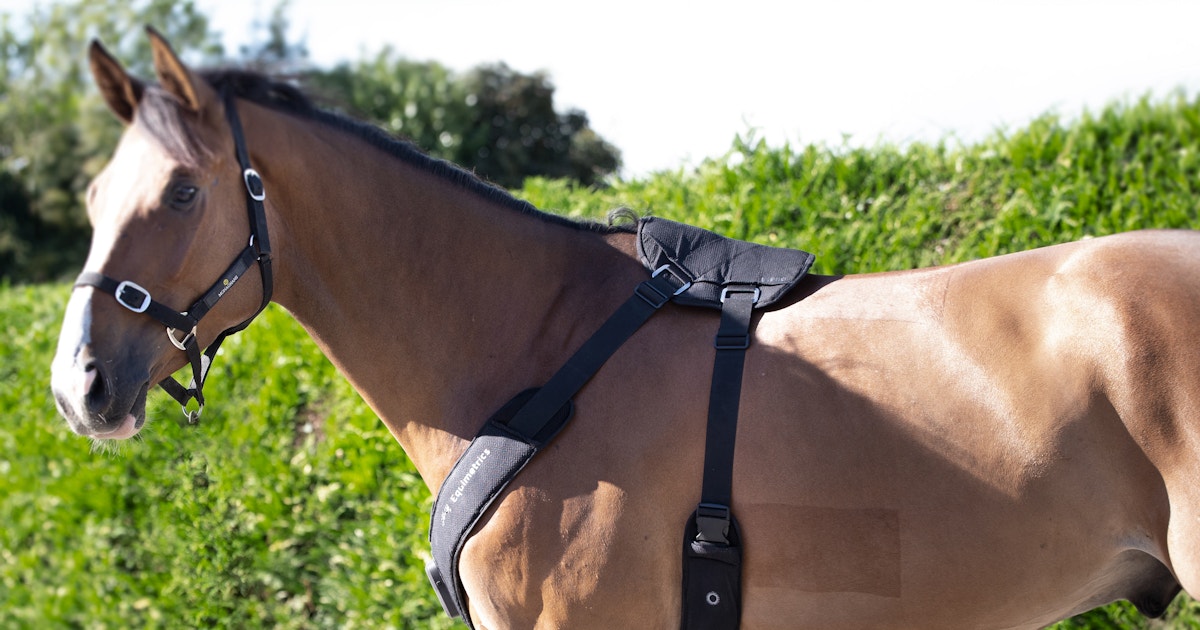The Role of Technology in Horse Training

Horse training has evolved significantly with the integration of modern technology, enhancing both the efficiency and effectiveness of training methods. This article explores how technology is transforming horse training, the benefits it brings, and the tools commonly used by trainers today.
Introduction
Technology has become an indispensable part of many industries, including equestrian sports and horse training. From monitoring health to improving communication between horse and trainer, technological advancements are reshaping traditional practices.
Key Technologies in Horse Training
| Technology | Description | Benefits |
|---|---|---|
| Wearable Sensors | Devices attached to horses to monitor vital signs, movement, and behavior in real-time. | Enables precise health tracking and early detection of issues. |
| Video Analysis | High-speed cameras and software analyze horse gait and performance. | Helps in correcting posture and improving technique. |
| Virtual Reality (VR) | Simulates training environments for both horses and riders. | Provides safe, controlled training scenarios. |
| Automated Feeders | Timed and portion-controlled feeding systems. | Ensures consistent nutrition and reduces human error. |
| Training Apps | Mobile applications for tracking training progress and scheduling. | Enhances organization and personalized training plans. |
Benefits of Technology in Horse Training
- Improved Health Monitoring: Continuous data collection helps in early diagnosis of health problems.
- Enhanced Training Precision: Detailed analysis allows trainers to tailor programs to individual horses.
- Increased Safety: Technologies like VR reduce risks during training by simulating challenging scenarios.
- Time Efficiency: Automated systems and apps streamline routine tasks.
- Better Communication: Digital tools facilitate clearer communication between trainers, veterinarians, and owners.
Practical Applications
- Gait Analysis: Using video and sensor data to detect irregularities and prevent injuries.
- Behavior Tracking: Monitoring stress levels and mood to adjust training intensity.
- Nutrition Management: Automated feeders ensure optimal feeding schedules.
- Remote Training: Apps and VR enable trainers to work with horses remotely or prepare riders virtually.
Frequently Asked Questions (FAQ)
Q1: How accurate are wearable sensors in horse training?
A1: Modern sensors provide highly accurate data on heart rate, movement, and other vital signs, aiding in precise health and performance monitoring.
Q2: Can technology replace traditional horse training methods?
A2: Technology complements but does not replace traditional methods; it enhances trainers’ ability to understand and work with horses more effectively.
Q3: Are there any risks associated with using technology in horse training?
A3: Risks are minimal when technology is used properly; however, over-reliance without human judgment can be a drawback.
Q4: What is the cost of implementing technology in horse training?
A4: Costs vary widely depending on the technology, from affordable apps to high-end sensors and VR systems.
Conclusion
The integration of technology in horse training offers numerous advantages, from health monitoring to improved training techniques. As technology continues to advance, it promises to further revolutionize how trainers and horses interact, leading to better performance and welfare.
Would you like me to help refine the tone or add more detailed case studies to this article?
